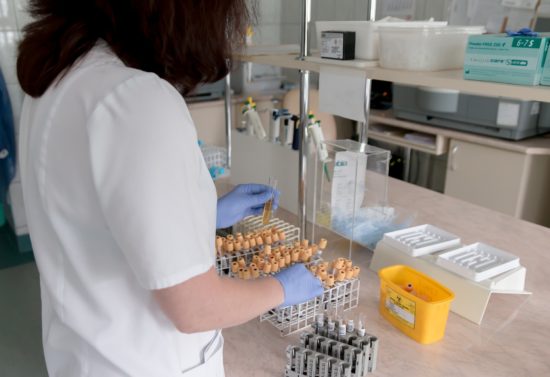Rapid diagnostic tests for common infection syndromes: less haste, more speed
Rapid diagnostic tests, which accurately distinguish bacterial from viral infections, are being heralded as the solution to antibiotic overuse, which is a key driver of antimicrobial resistance. We have concerns that this approach is over simplistic. Rapid diagnostic tests are complex interventions, with clinical context, patient flow, access and timing affecting their impact. There is little robust evidence that they reduce antibiotic prescribing in real-world settings. We suggest that prior to introducing these costly tests, emphasis should be placed on optimizing the implementation of efficient evidence-based antimicrobial stewardship interventions, such as increasing the use of proven automated clinical infection syndrome prediction tools by clinicians, supporting patients to self-care by providing them with high-quality safety-netting resources, providing front-line clinicians with individual prescribing data to facilitate peer benchmarking and setting specific and purposeful antibiotic prescribing targets to improve the quality of antimicrobial prescribing. The stakes are high and time is running out; let’s start by getting the basics right.
AMR NEWS
Your Biweekly Source for Global AMR Insights!
Stay informed with the essential newsletter that brings together all the latest One Health news on antimicrobial resistance. Delivered straight to your inbox every two weeks, AMR NEWS provides a curated selection of international insights, key publications, and the latest updates in the fight against AMR.
Don’t miss out on staying ahead in the global AMR movement—subscribe now!







